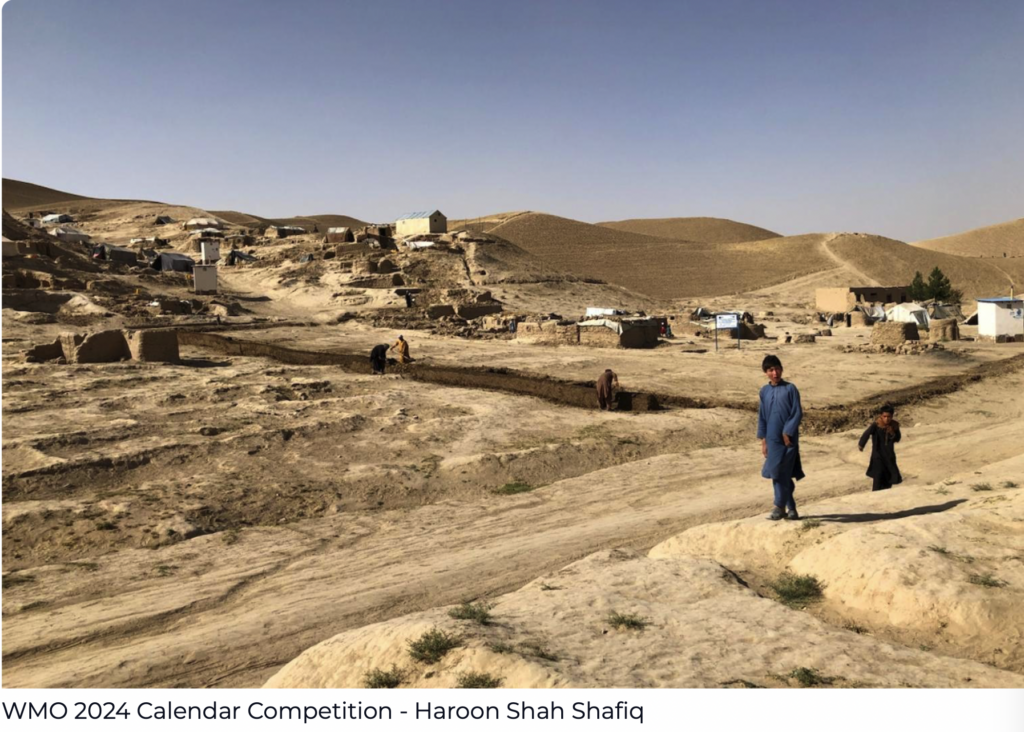Meeting farmers’ particular information needs
Until trained on using weather and climate forecasts and warnings through CREWS Chad, farmers at 4 pilot zones reliant on rain-fed agriculture used traditional knowledge to produce. The value of climate and weather services was little known. That has changed. Advisories and warnings now inform their farming decisions – crops to cultivate, and when to sow, irrigate, or harvest. But to yield more produce, localized and updated daily, weekly, 10-day, monthly, and seasonal information was needed for accuracy. And it was the farmers wanting it: When will rains come and go? How much rain will fall, or river levels rise? When are storms expected? Or dry spells begin and end? Also wanted: advice on crops to grow on different types of terrain and soil. The result – geo-specific daily bulletins tailored to individual communities’ needs for greater food security – and disseminated through local radio. Critical information for 3 million people, especially those most at-risk – farmers and herders.



